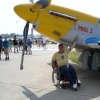
Sign in to follow this
Followers
0

Question....
By
spokes2112, in FSX/FSX-SE Aircraft and Panel Design Forum - How To


By
spokes2112, in FSX/FSX-SE Aircraft and Panel Design Forum - How To